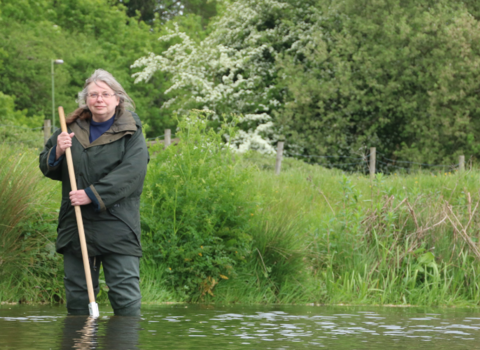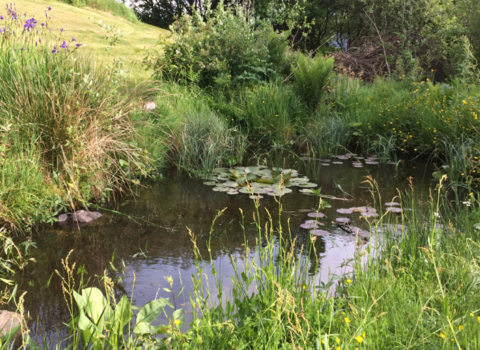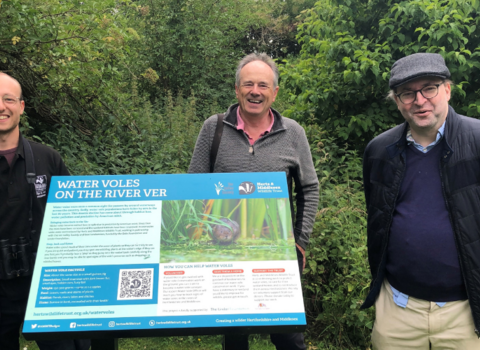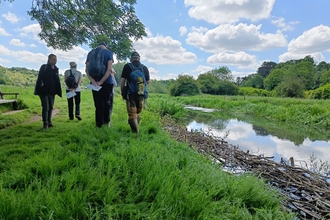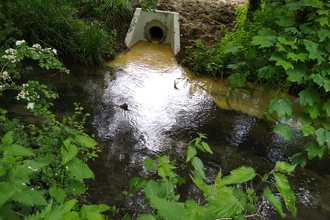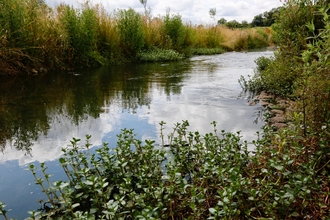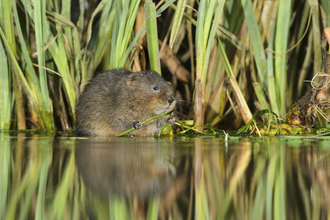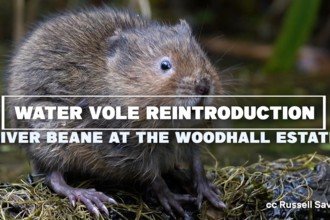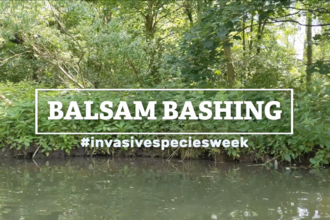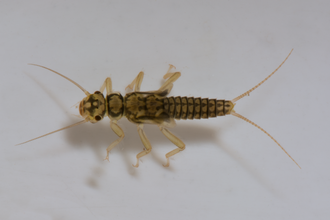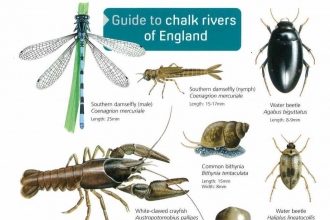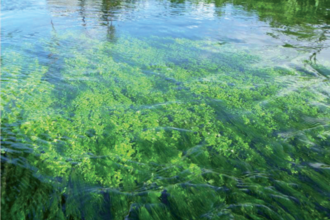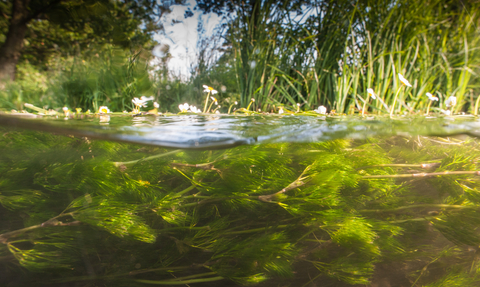
Living Rivers
The Trust's Living Rivers project aims to protect and improve Hertfordshire’s precious chalk streams on a landscape scale.
Rivers are the backbone of our County. They connect up a variety of places for wildlife and people and they are a vital living part of the landscape themselves. We aim to restore our chalk streams back to good health and connect them to a natural floodplain of wetlands, ponds, ditches and wet meadows so our freshwater wildlife can thrive.
Header image cc: Peter Tatton
Living Rivers Projects
Layers
Key

Living Rivers - Completed

Living Rivers - Ongoing

Living Rivers - Planned
Why do we need a Living Rivers project in Hertfordshire and Middlesex?
A combination of land-use changes (including development and intensive farming), pollution, over-abstraction and historic industry such as milling, all linked to a growing population has clearly taken its toll on Hertfordshire’s rivers. In short, we have a very limited supply of freshwater habitats left in Hertfordshire and Middlesex and what does exist is not in good condition.
The biggest threat to our rivers is low flows and drought is due to abstraction. To supply our homes, gardens and workplaces, water is pumped out of an underground natural reservoir (known as the aquifer) by water companies. The springs that feed water into our rivers depend on the same aquifer. When too much is taken out to supply our public needs, our rivers suffer and start to dry out.
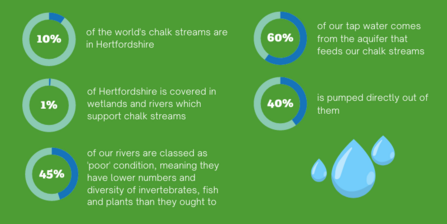
What does Living Rivers Work do?
- Practical Restoration – we deliver projects to tackle issues and improve river habitats including: removing or lowering weirs; restoring natural river features like meanders, gravels, and vegetation; stabilising banks to reduce erosion; reducing trees and scrub that make rivers too shady; creating river wildlife habitats.
- Landowner advice – we provide ecological advice to landowners and support restoration activities.
- Invasive Species – we coordinate surveys, mapping and removal of invasive plants like Himalayan Balsam.
- Raising Awareness – we deliver an outreach programme of events, talks and work with schools, as well as increasing public awareness of chalk streams through the media.
- Hosting “Catchment Partnerships” – we bring people together as part of local river groups and facilitate a joined up approach to chalk stream conservation.
Read more about the work of the River Lea Catchment Partnerships

